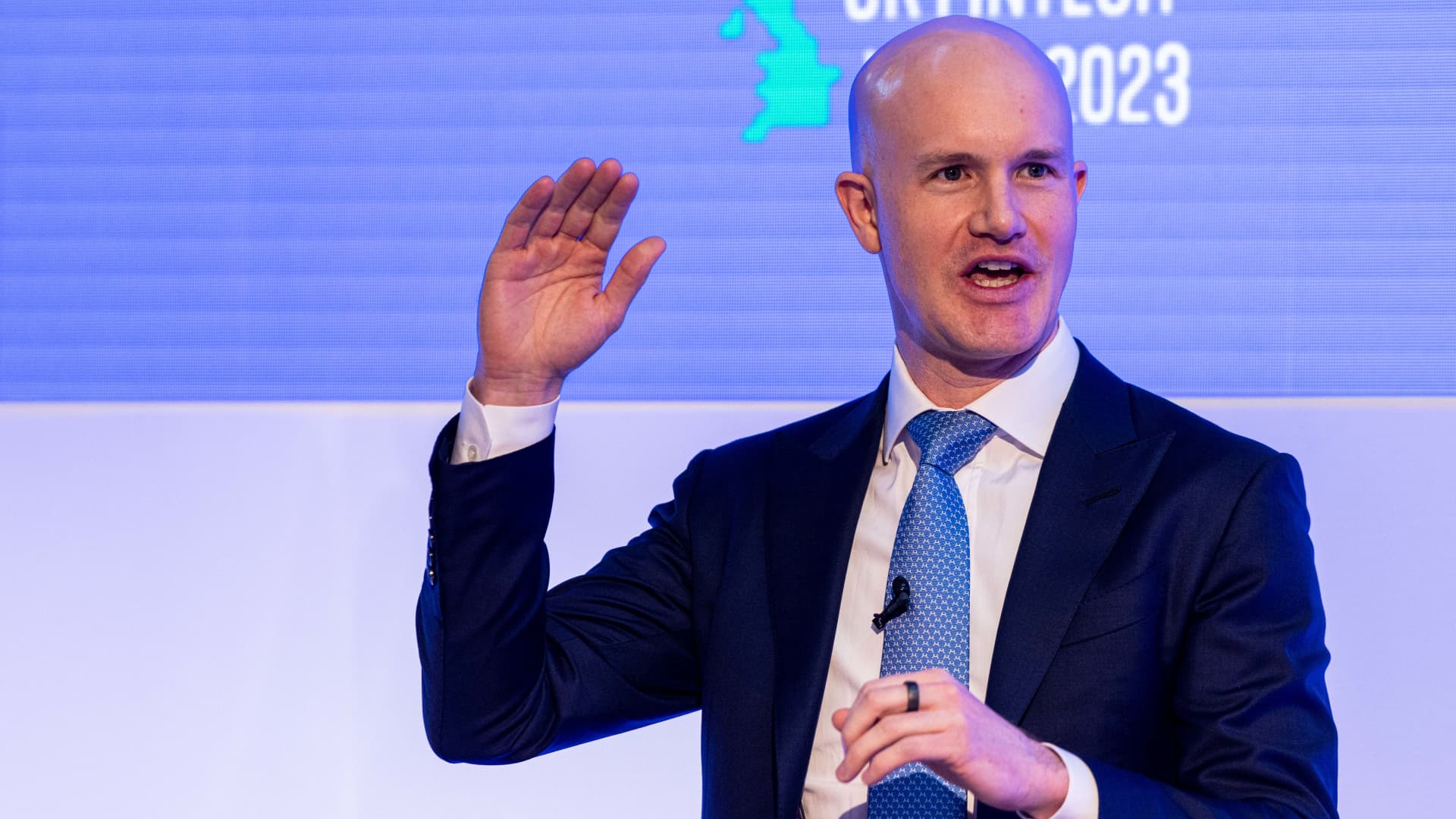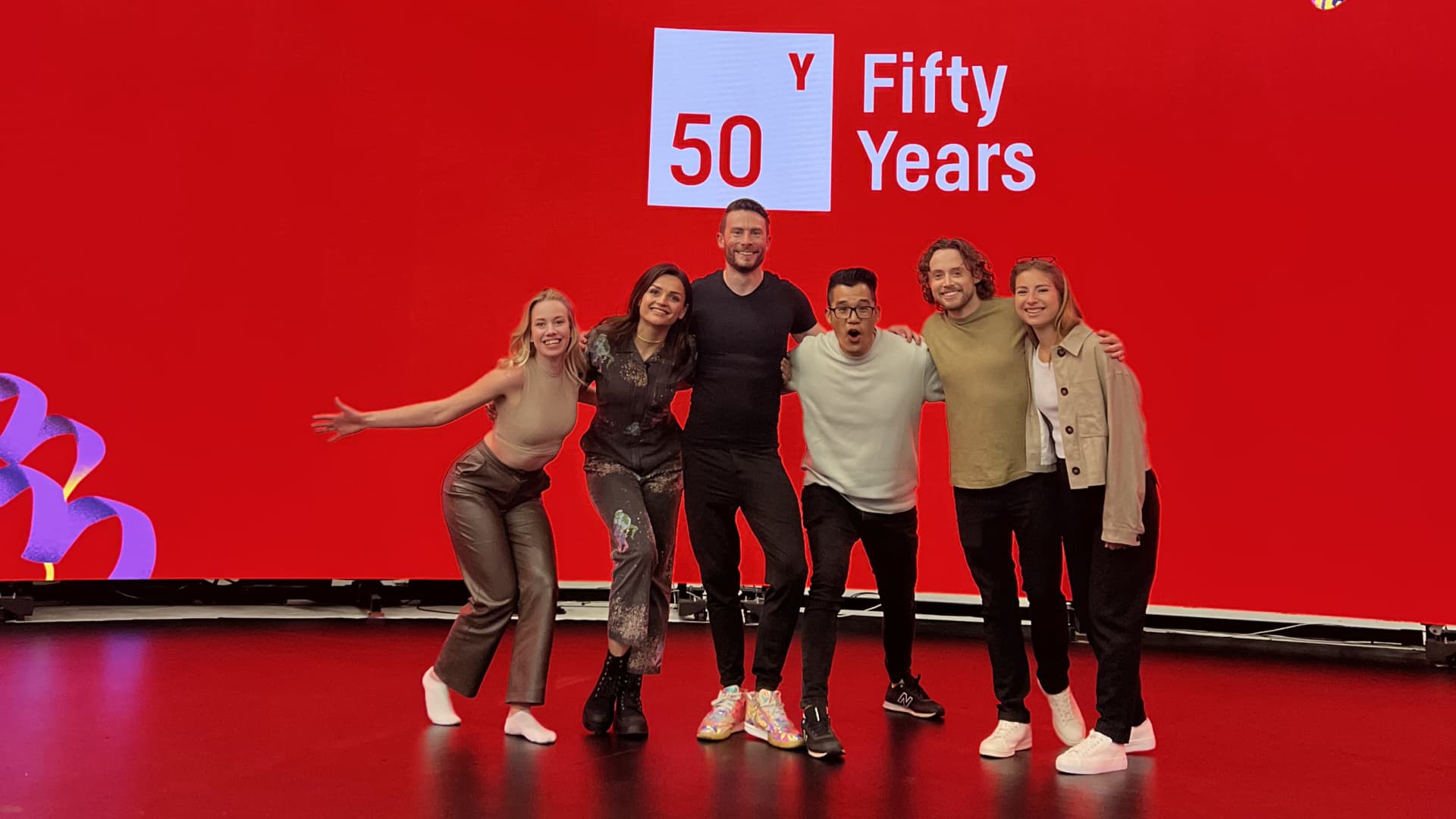The Cloud Is a Prison. Can the Local-First Software Movement Set Us Free?

He describes Shapiro’s paper as “an awakening.” In CRDTs, Kleppmann saw the technical basis for a new class of software that no one was providing. But the algorithms were mostly useless for professional programmers. They were too inefficient and lacked the typical tools that developers actually use to make apps. Kleppmann realized he would have to make local-first developers’ lives easy, shepherding the idea from a set of mathematical proofs to production-ready code. He set about coding an open source implementation of CRDTs, which he called Automerge, that people could freely use to build apps.
I saw the fruit of this effort a few years later, shortly after the local-first manifesto broke Hacker News. I met Peter van Hardenberg, one of Kleppmann’s coauthors, in a café in San Francisco. He was, like Kleppmann, rebooting after a long journey through the cloud, first as part of the founding team at Heroku, which helped other startups get their cloud services going, and then inside its acquirer, Salesforce. He wanted to show me an app called Pushpin, envisioned as a digital corkboard.
Van Hardenberg pulled up a blank project on his iPad. I loaded a replica of the same file on my laptop. We began tinkering, adding images and text boxes to our own files, and then allowed them to merge. Sometimes this worked seamlessly; other times the changes stopped loading, or the pixels dragged with dial-up-era latency. Pushpin felt like a toy, the sort of app that a couple of bright-eyed Stanford undergrads might code in the common room with visions of a seed round and later shelve in embarrassment.
But van Hardenberg was far from embarrassed. The technical groundwork was being laid, he believed, for local-first versions of Slack, Discord, Google Docs, Photoshop. Better design apps, calendars, budgets. More complex programs, too, if they could make Automerge far more efficient. There was the possibility of private, end-to-end encryption for all these collaborative apps, since no server would get in the way. There were technical limits to CRDTs—and plenty of applications that the cloud would serve far better. But to him, the prototype felt like a revolution. There wasn’t a server between us. Yet it worked. Mostly. We were two peers communicating, as the first bricklayers of the internet intended.
Van Hardenberg’s vision was somewhat easier to see when we met again in St. Louis. The tech giants were slipping. Meta’s stock was at a seven-year low. Twitter was in the midst of a hostile Elon Musk takeover. Kleppmann was spending a few hours each week as a technical adviser to Bluesky, spawned by Twitter as a decentralized experiment and now suddenly thrust in the spotlight, poised to become its competitor. Its “federated” design promised to give people the option to leave servers and services that treated them poorly. Bluesky wasn’t using CRDTs, which would be much too slow for coordinating the feeds of millions of social media users, but the goal was similar: a better relationship with “someone else’s computer.” Computing alternatives were once again in vogue.
Among them, CRDTs. Strange Loop was teeming with local-first presentations—a surprise to Kleppmann and van Hardenberg, who had until recently kept track of every project through Google Alerts and word of mouth. CRDTs were turning up in the wider world too. Developers at The Washington Post had used them to build a tool for arranging articles on the homepage. People poking around in the code that runs Apple’s Notes app had noticed CRDTs. Jupyter Notebooks, a popular data science app, restored its collaboration tools using CRDTs after Google got rid of the cloud service it had previously depended on.
Among the presenters at Strange Loop was a Canadian developer named Brooklyn Zelenka, cofounder of a company called Fission. When she read the local-first manifesto, she recalls, “I was like, this is a great phrase. Before that, we had these awkward phrases, like ‘location independence’ or ‘user-owned data.’” Zelenka had been interested in the ideas of Web3—the moniker adopted by “decentralized” apps that use blockchain technology and cryptocurrency—but found its culture “aggressive,” which she attributed to the focus on money “so clearly, all the time.” It was nice to be getting into local-first early. “Everything is low-hanging fruit right now,” Zelenka told me.



